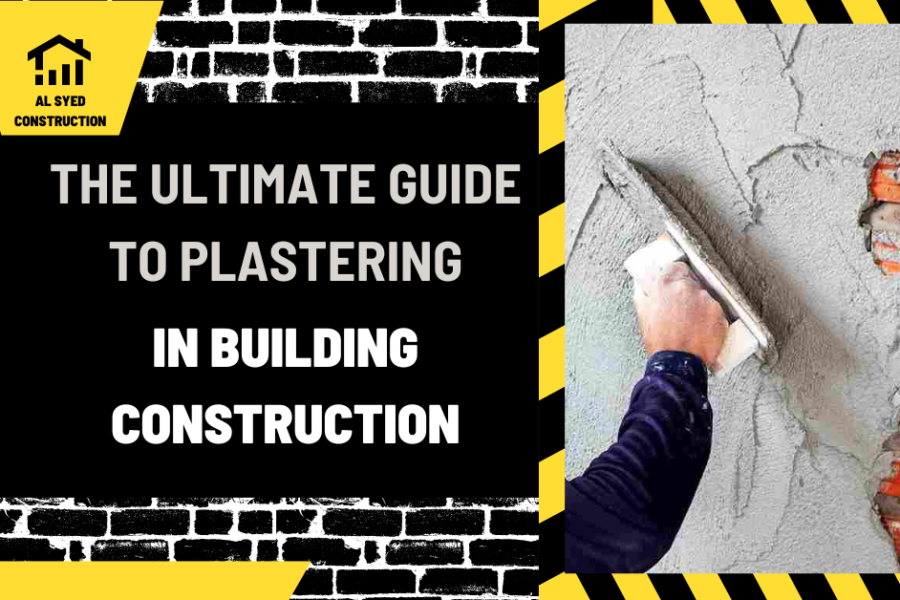

Plastering is a crucial aspect of building construction, providing both aesthetic appeal and structural integrity to walls and ceilings. Understanding the intricacies of plastering is essential for anyone involved in the construction industry, from builders to architects to homeowners. In this comprehensive guide, we will delve into the world of plastering, exploring its various types, techniques, and benefits.
Plastering is the process of applying a thin layer of plaster mix to walls, ceilings, and other surfaces to create a smooth, durable finish. It is often used to cover imperfections in surfaces and provide a clean, uniform appearance. Plastering can be done using a variety of materials, including gypsum, lime, and cement.
There are several types of plastering techniques used in building construction, each with its own unique characteristics and applications. Some of the most common types of plastering include:
Gypsum plastering, also known as plaster of Paris, is a popular choice for interior walls and ceilings due to its smooth finish and ease of application. It is made by heating gypsum to remove water, which is then rehydrated to form a workable paste. Gypsum plaster sets quickly, making it ideal for fast-track construction projects.
Lime plastering is a traditional form of plastering that has been used for centuries. It is made from a mixture of lime, water, and sand, which creates a breathable and flexible finish. Lime plaster is often used in historic buildings and conservation projects due to its compatibility with old masonry and its ability to allow moisture to evaporate.
Cement plastering is a modern alternative to traditional lime plastering. It is made from a mixture of cement, sand, and water, which creates a strong and durable finish. Cement plaster is often used in areas prone to high humidity and moisture, such as bathrooms and kitchens.
The process of plastering involves several steps, each of which is critical to achieving a smooth and uniform finish. Here is a basic overview of the plastering process:
Plastering offers several benefits in building construction, including:
In conclusion, plastering is a critical aspect of building construction that provides both functional and aesthetic benefits. By understanding the different types of plastering and the plastering process, builders and homeowners can ensure that their projects are completed to the highest standards.
https://alsyedconstruction.com/wp-content/uploads/2024/04/Al-Syed-construcTIOn-2024-04-28T000702.135.png 628 1200 Muhammad Zeeshan https://alsyedconstruction.com/wp-content/uploads/2020/06/alsyed-construction-logo.png Muhammad Zeeshan 2024-04-26 10:16:38 2024-04-28 07:08:08 The Ultimate Guide to Plastering in Building Construction
Since the inception of the AlSyed Construction company, which is located in Gujrat, Punjab, Pakistan, we work hard to our level best to make a strong statement in this field and by the grace of God we have earned much appreciation.
Sat – Thu:
9:00 am – 5:00 pm
Friday:
Closed
Address:
Gujrat, Punjab, Pakistan